Looking for the green ray
Don’t ever look straight at the sun without the proper protection. Don’t expose your skin to the sun rays for too long even if you use suntan lotion and be more careful during the mid hours of the day, when the ultraviolet light is more intense. Protect your head with a hat and use proper clothes that allow your skin to breathe. Use sunglasses to stop UVA and UVB rays, even on cloudy days, and you will prevent possible cataracts. We’ve all heard warnings like these hundreds of times in our lives, specially if you were born and raised between the 40º of the North and South parallels. Not so much in our youth, when we spent some Sunday evenings with sunburns all over our face, shoulders and back, with cold cloths and refreshing creams; but more during the last few years, when it seems that the climate change has made us aware of the power of the king star.What they never warned us about is that the contemplation of its light during the sunrise or the sunset could cause us emotional disorders. If they haven’t told you either, that means you’ve never heard of The Green Ray.
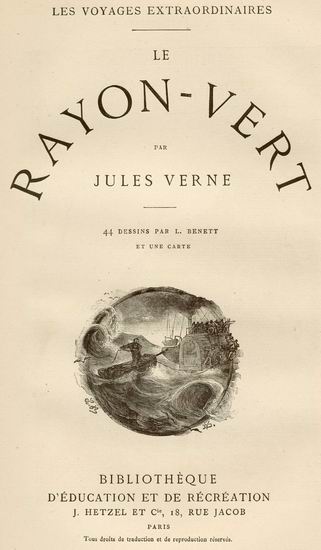
Young Elena Campbell returned from her walk, a little flushed but happy, she waved her uncles hello and sat down to chat with them about her future. The conversation, as planned by the brothers Sib and Sam Melvill was conducted by them, without much tact, to the main question: Don’t you ever want to get married? Elena replies: Not until I see… the green ray.
This is the beginning of Jules Verne’s novel, The green ray, published in 1882, and we don’t know what went through the French writer’s head when he first conceived it since it is a story far from the structure of his other pieces, in where usually science and futuristic technology shake hands with the bravest adventurers, to focus instead on the romantic anecdote. We don’t know either, as the man who was the astronomer of the Vatican, Daniel O’Connell, “…what drew Verne’s attention to the matter, because one can find hardly any mention of it before that time”. He means the phenomenon of the green ray, since it seems no one had ever heard about it until that moment.
J.P. Joule in 1869 and D. Winstanley in 1873 had informed about its existence on long studies published by a scientific society in Manchester, but it seems improbable that the French writer had news of them because, as told by Laurence Sudret, general secretary of the Societé Jules Verne, Verne’s knowledge of the English language was limited to the bilingual dictionary he sometimes used when his work required it. On other occasions he would get someone to translate for him, like on the famous encounter with the journalist and adventurous woman Nellie Bly, who visited him in France on a stop of her world tour, where a journalist worked as an interpreter. What we are sure about is the fascination Verne felt towards this phenomenon and he left proof of it on several of his novels. On a previous one, The Child of the Cavern, in 1870, and on two posterior ones, Captain Antifer, in 1894, and The Survivors of the Jonathan, published in 1909, ten years after it was finished, with important clarifications recorded by his son, Michel Verne. Although The Green Ray would be the first novel to use as the crucial element of the plot that specific phenomenon. It was the first work of popular broadcasting that will introduce the green ray to the big public. Other books would come later, a huge wave of scientific and fictional works that would make references to the “discovery” by Monsieur Verne.
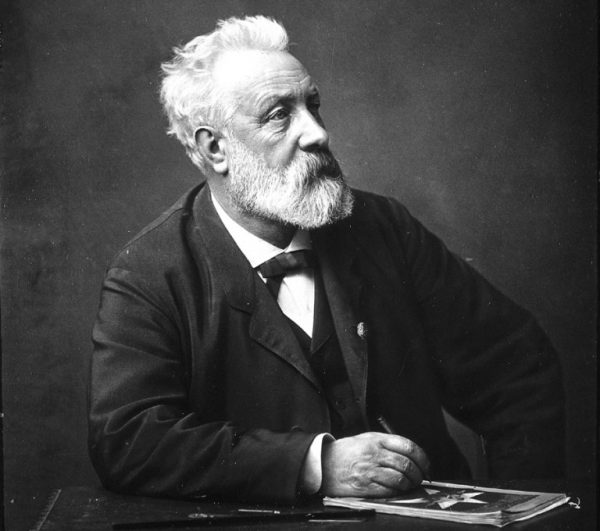
The Green Ray is considered one of his Scottish novels, almost a touristic guide of the lands of his admired Walter Scott, in whose poems about nature and the sea he could have gotten the inspiration to recreate it. In the novel the romanticism, nature and the humanism represented by Elena Campbell and the artist Olivier Sinclair seem to be above the science, personified by the young Aristobulus Ursiclos, who Verne gave this ridiculous name to and who he describes physically as “the closest thing to an ape” and intellectually as “too wise to be so young”, a presumptuous erudit in charge of slowing down young Elena’s plans over and over again.
The thing is, as you’ve probably guessed by now, the young girl decides to go on a journey through Scotland, accompanied by her two uncles in search of that green ray to decider whether or not she’s getting married. Why? Well, because when the girl was returning home, a little flushed but happy, she had in her hand a copy of the Morning Post, a fictional newspaper from Glasgow, where she had read about the Scottish “legend” that said that “he who sees the green ray won’t ever get mistaken by matters of the heart, because its apparition destroys the illusions and the lies and the lucky man will see clear what’s in his heart and in others’.” (1). If someone thinks that’s not enough reason to start a journey filled with adventures searching for it and portray that on a novel they don’t know Jules Verne very well.
It is true that at this point of the nineteenth century the avalanche of “life coaches” and “bloggers” we enjoy today hadn’t arrived yet, but the Romanticism still remained and it was seen as something completely normal if someone considered interesting or simply healthy for their bodies and mental balances to get that power brought by the vision of a ray, one of the biggest human desires: getting to know the nature of our own feelings as well as others’.
At the end of her journey, after several frustrated tries to see the ray and after being saved of being drowned by the handsome Olivier Sinclair, both protagonists have the chance to see the ray, at last, during the sunset on an horizon clean after the storm. Verne then gives another turn to the screw on the story and just as the long waited phenomenon occurs, Elena and Oliver are mesmerized looking at each other. “… Elena had seen the black ray shot by the young man’s eyes; and Olivier saw the blue ray escape from the girl’s eyes”. A nice ending for the lovers of life lessons which didn’t decreased at all the popularity of the Scottish alleged legend that’s the starting point of this young woman’s adventure. We say alleged because, as Doctor Andrew T. Young from the astronomy department the University of San Diego explains, on his website dedicated exclusively to the Green Flash, such legend doesn’t exist on the Scottish culture. He attributes the creation of such unfounded rumor to the “French purple prose” of the nineteenth century, specifically the quill and imagination of Monsieur Verne.
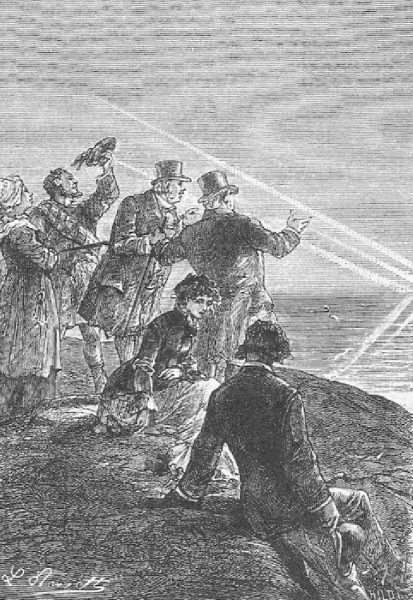
Is there such a thing as a green ray? Yes, there is. It is a phenomenon that usually happens during the sunset and also during the sunrise which consists on the apparition of a green ray, which is actually a gleam, with the first or last rays of sun. It is caused by the refraction of the light when the star falls behind the horizon and it only happens with very specific atmospheric circumstances. Basically: a clean sky and a crystal clear atmosphere.
After Verne’s novel, news of sightings of those green lights started appearing on magazines and books of scientific nature and many works of fiction started making references to it. Astronomers, meteorologists, novelists, poets, filmmakers, and even pirates have fallen fascinated by its mystery. In the movie by Gore Verbinski Pirates of the Caribbean: At World’s End (2007), part of the crew from the Black Pearl go looking for Jack Sparrow to the world of the dead, when this dialogue between Captain Barbossa and Will Turner about the green ray takes place:
“Ever gazed upon the green flash, Master Gibbs?
I reckon I’ve seen my fair share. Happens on rare occasions. The last glimpse of unset, a green flash shoots up into the sky. Some go their whole lives without even seeing it. Some claim to have seen it who ain’t. And some say–
It signals when a soul comes back to this world from the dead”.
A new version, a new legend.
It is on the world of the dead, trying to go back to the world of the living, where Jack Sparrow, gazing into the horizon and his map, becomes aware. Up is down, “… it isn’t when the sun comes out, it is when it sets down and it falls… upwards”. Captain Sparrow and his crew swing the boat trying to put it upside down, up is down, and they manage to do it right on the moment when the spectacular gray ray welcomes them to the world of the living.
Even Burroughs himself wrote about it in one of his outrageous stories about pirates and detectives; which jumps around time and space, Cities of the Red Night, 1981. Novel in which a radioactive catastrophe leaves a devastated world where the sky has turned red and a virus causes genetic mutations on people, making their skin turn red and yellow. The ideal scene for the green ray to appear again. “A scream from the cabin boy’s room took us up to the deck. Jerry, with a rope around his neck, showed us a wolf’s smile. He then hung himself, as the western sky was illuminated by the green ray”. This novel, by the way, reaches astronomical prices on its Spanish edition in the second hand market, 200€ to 1000€ a copy. A craziness that would leave behind those committed by the man who was able to cut off two of his fingers as an “initiation ceremony by the Crow indian tribe” and who declared: “I read in People that Keith Richards has a manse in upstate NY, a flat in Paris, elegant homes in London and Jamaica and a 17th century castle in Chichester. And here I am buying my clothes at the Salvation Army”. That’s a lesson to learn.
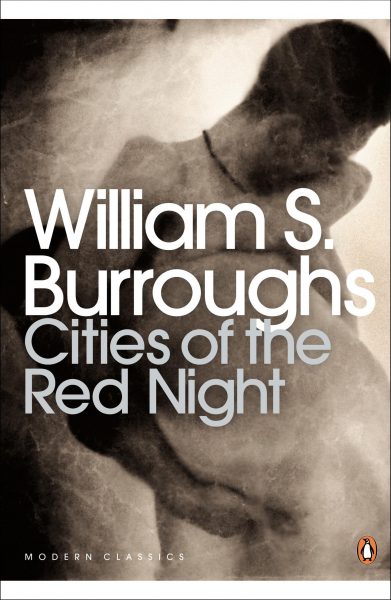
In 1987, five years after Cities of the Red Night was published and one hundred and four years after Verne’s The Green Ray, a movie with the same title was released, Le Rayon Vert, in French, directed by Éric Rohmer. It was the fifth chapter of his series Comedies and Proverbs and it used as a starting point some verses by Arthur Rimbaud: “Ah ! que le temps vienne / Où les cœurs s’éprennent” and also the famous and alleged Scottish legend by Jules Verne’s story.
The movie starts with an anecdote, almost banal but known by everybody. Summer holidays can become a nightmare when your plans and friends fall through and you end up alone in the city. This is what happens to young Delphine, romantic and idealist, interpreted by Marie Rivière, Rohmer’s muse, who like Verne’s Elena, goes on another adventure, in the form of an initiation journey, throughout the French geography searching for company to spend the remaining summer days. After going across several places without ever feeling completely comfortable with the people she meets or with herself, returning to Paris and going on holidays again by herself, Delphine will finally find by chance with the story of the legend of the green ray, in the voices of some lovely tourists that chat about it and Verne’s novel in a little town at the French coast. Rohmer, live Verne, describes the effect of its contemplation according to the legend and he also adds on a scientific explanation of the phenomenon. The person in charge of it is a professor, played by Friedrich Günther Christlein, a German physicist that Rohmer found by chance while filming the movie. After listening to the story, Delphine carries on with her wandering through Biarritz, makes a new friend, meets some boys, but her “emotional disorientation” seems to grow until, by chance, the day she decides to leave back to Paris she meets a young man with whom she’ll end up watching a sunset over the sea, and they’ll both then see the green ray. The movie ends here – apologies for the spoiler – with tears of joy and Delphine’s shout saying “yes” when she finally gets to see the ray. What did she get to read in her heart and her companion’s? We don’t know, we wonder about it while the credits keep rolling.
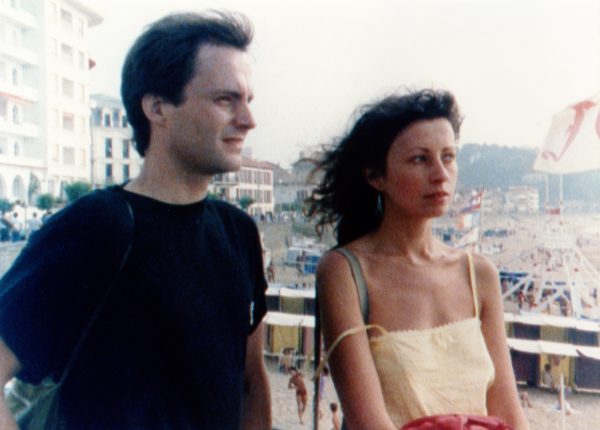
An ideal ending, perfect, for both the story and the filming. Although the reality was that the movie was finished by 1985 and opened the next year, precisely because Eric Rohmer refused to release it without having filmed the green ray.There was no material in the archives and there was only the options of filing it or producing it in the lab, which Rohmer refused to do. After an arduous search all over the world they managed to document it on film to prove the existence of the green ray, the shot for the last scene of the movie, where Delphine asks her companion “Do you know what the green ray is?” and after his denial she explains “It is the last sun ray of the day. Jules Verne wrote a book about it”.


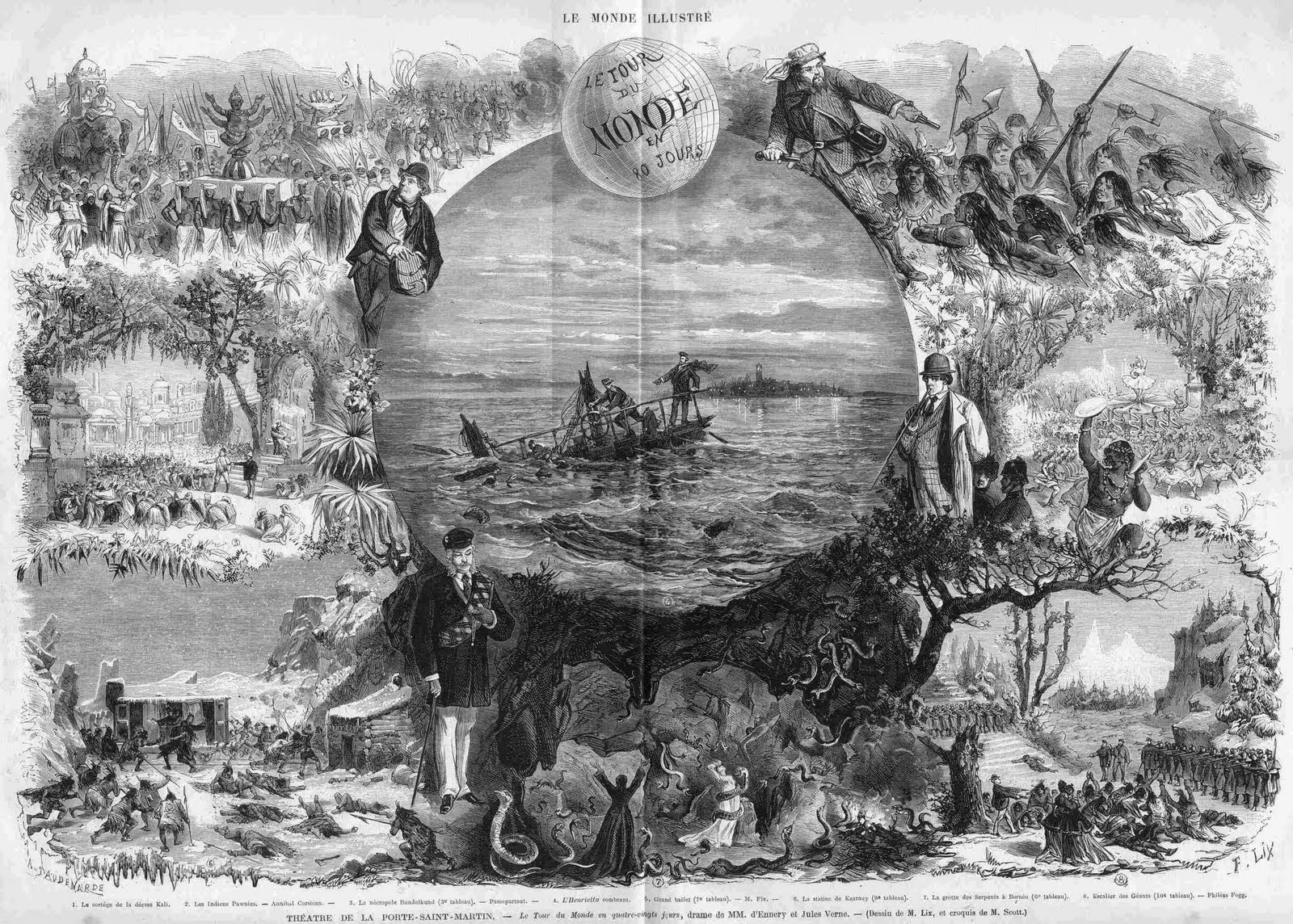



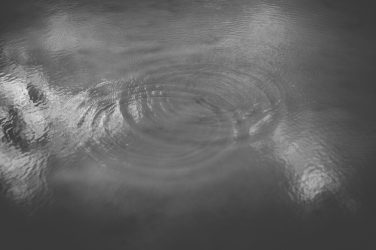
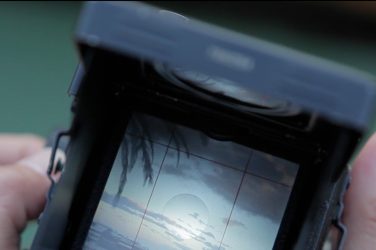
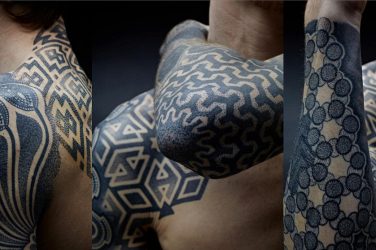
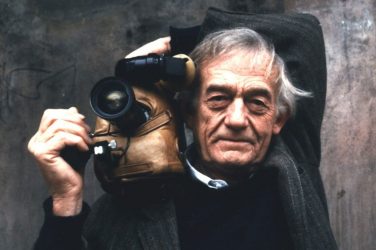
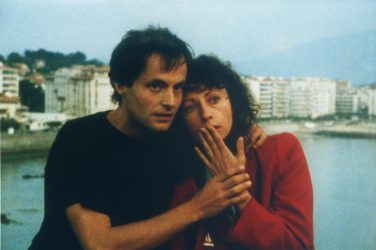

Mostrar comentarios (0)